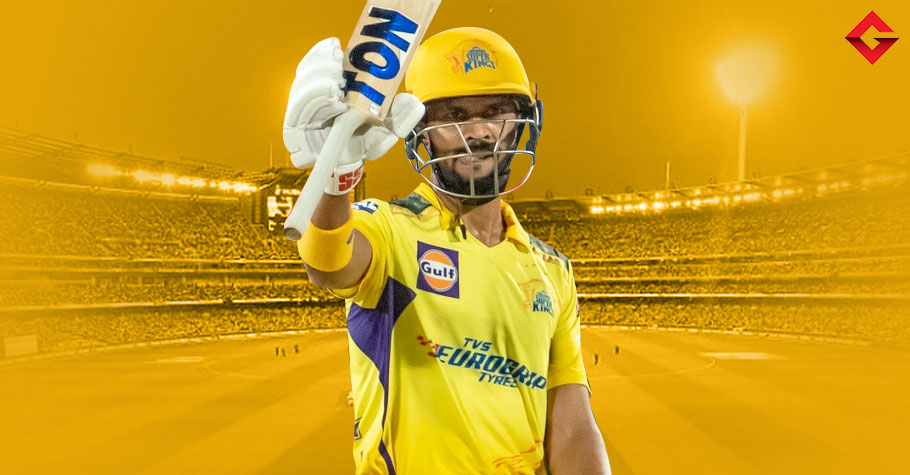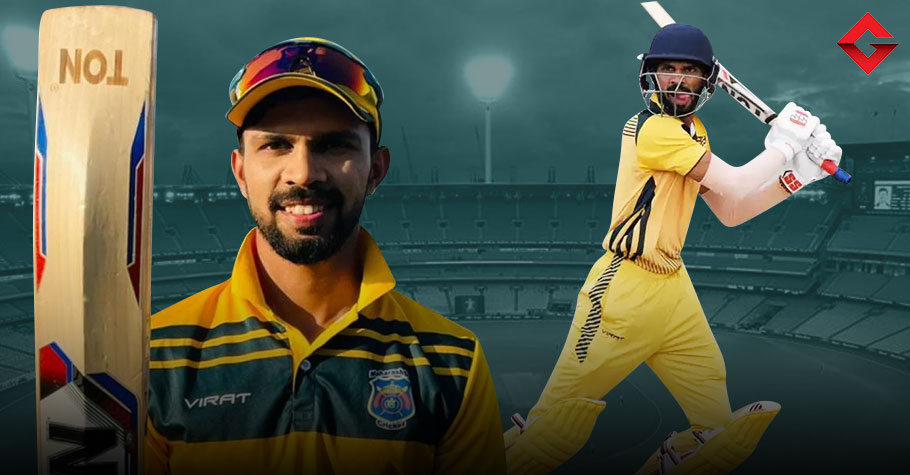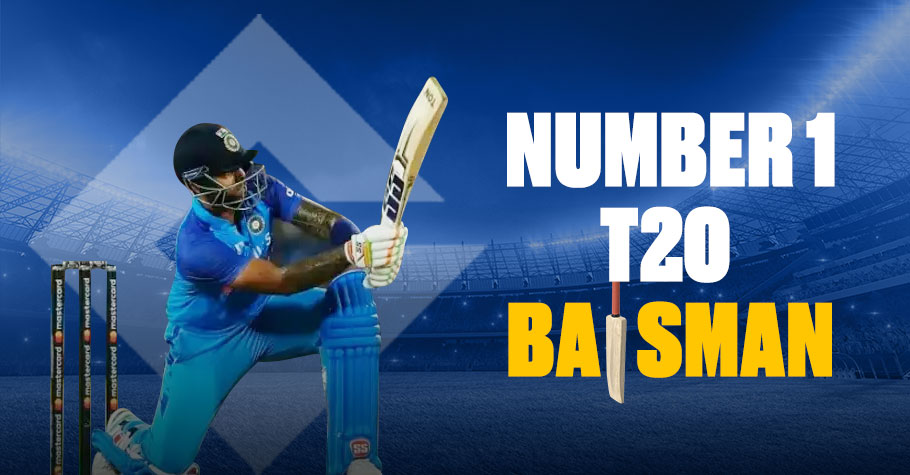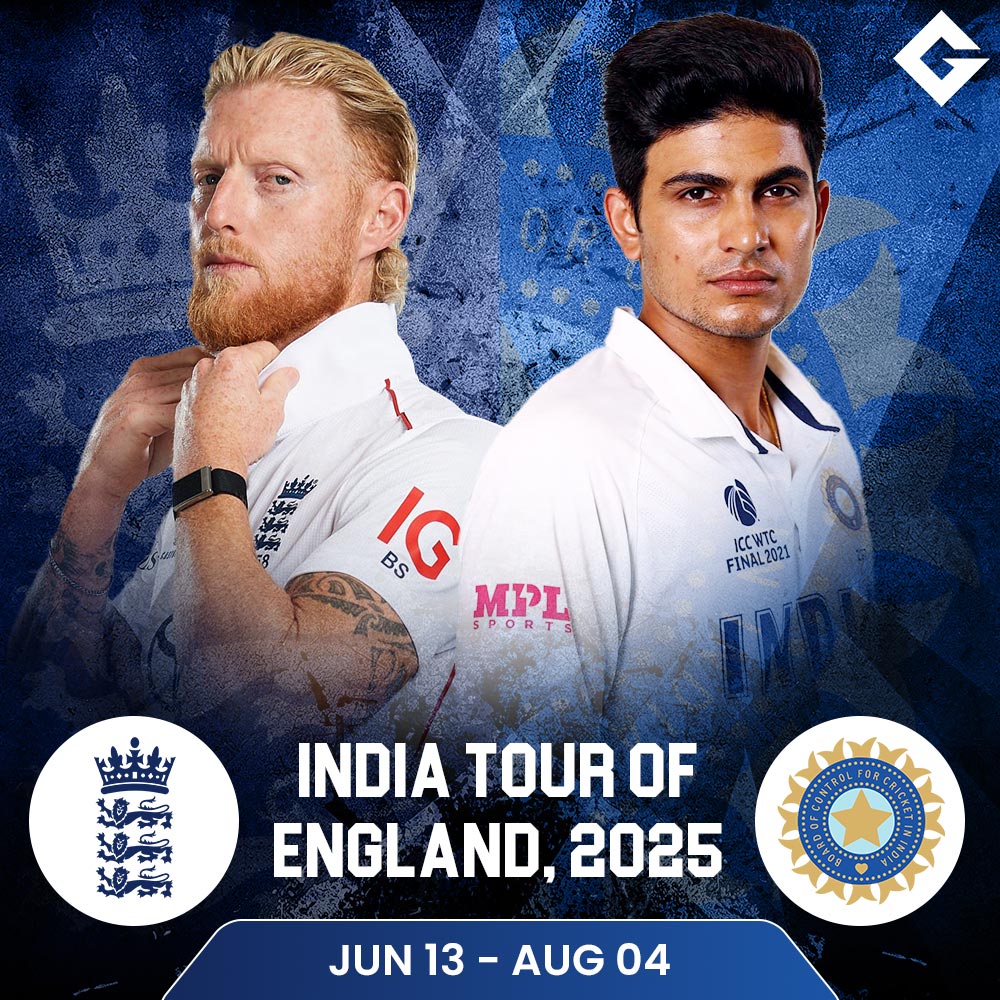 Sports
Sports
Indian Domestic Cricket: Everything You Must Know
Cricket has been amongst the most popular sports in India, with many fans even considering it to be a religion in the country. The sport is played and followed across the length and breadth of the country and has a massive following at the domestic as well as the international level of the game.
The Board of Control for Cricket in India (BCCI) governs the Indian Domestic Cricket and all the professional cricket played in India while also conducting all various tournaments. Let’s have a look at all the tournaments that are organized by BCCI and understand the Indian domestic circuit.
Indian domestic cricket all competitions
Domestic competitions in India include the Ranji Trophy, the Duleep Trophy, Vijay Hazare Trophy, Deodhar Trophy, and Irani Cup alongside others. All Indian domestic cricket matches mostly operate from September to February, with the highly anticipated Indian Premier League (IPL) being played in March – May as the months of June, July and August see the subcontinent being hit by rains making it the off-season.
We have divided these domestic competitions based on formats starting with Test cricket and following it with 50 over games and the T20s. Now that we have a basic understanding of the Indian domestic cricket, let’s dig a little deeper and dive into the history of these formats!
Test Cricket
Ranji Trophy
Ranji Trophy is undoubtedly one of the biggest domestic cricket competitions played in India every year. Earlier it was named the ‘Cricket Championship of India’ by the BCCI in 1934. However, later on, It was renamed after the king of Nawanagar’s princely state, Ranjitsinhji Vibhaji. He was the first Indian to have played international Test cricket and is deemed to be among the world’s greatest cricketers. The first season of the competition was conducted in 1934 – 1935, and since then, the Ranji Trophy has gone on to be a major tournament in the Indian domestic cricket.
This first-class domestic championship features teams from the states as well as regional cricket associations. A total of 38 teams play in the tournament, which sees teams representing 28 state associations and four union territories. There are also teams like Railways and Services representing the armed forces. As the political states multiplied over the years, the number of teams changed. While all the states may now have teams, there are a few states which have multiple teams, like Mumbai in Maharashtra and Saurashtra from Gujarat.
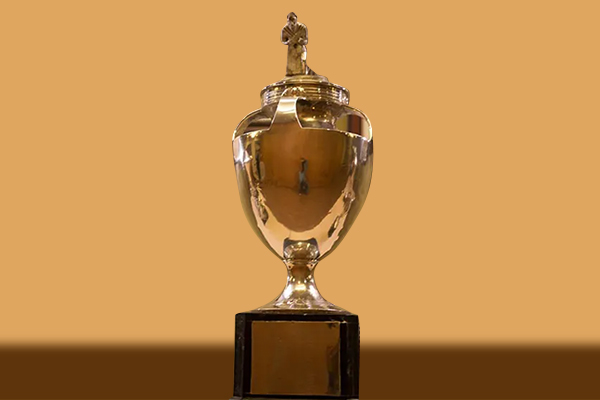
Ranji Trophy
Ranji Trophy is played in a round-robin format with knockout stages to follow, which sees the total 38 teams participating being divided into two divisions. While the top tier is known as the elite league, the plate league is considered to be the second tier. Promotions and relegations happen at the end of every season.
Earlier (until 1992), the teams were grouped into five zones – namely North, South, East, West and Central – with the tournament played following a league format. It would see the top two and then the top three teams from each zone qualifying for the knockout stages of the competition.
Later from the 2002 – 2003 season onwards, a two-division structure was adopted, which saw two teams being promoted and relegated from the elite league and plate league every year. The promotion-relegation format continues to remain active till date. The Mumbai Cricket Association (MCA), also previously known as Bombay, is the most successful team in the Ranji trophy and holds the record for winning the most titles, having won the competition 41 times in their history.
ALSO READ: Chandrakant Pandit- The Man On A Mission
Wasim Jaffer is a name synonymous with Ranji Trophy, with the former India opener featuring for over three teams in the tournament during his 21-year-long career. He is one of the pioneers of the Ranji trophy and is one of the most renowned cricketers in the domestic circuit. He credits his success at the international level to this competition, just like many others, which once again emphasizes the importance of this competition.
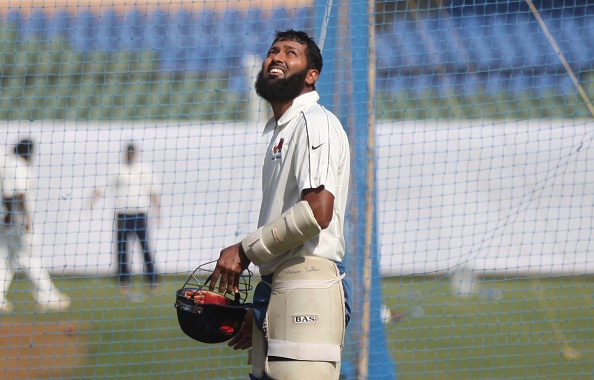
Wasim Jaffer Photo Credit: Kunal Patil/Hindustan Times
Duleep Trophy
Named after former cricketer Duleepsinhji, the Duleep Trophy was started by the BCCI during the 1961 – 1962 season, focusing on providing a better competitive edge in domestic cricket. The cricket board decided to take the step and add a new competition in the Indian domestic cricket circuit after the Ranji trophy group stages became predictable, with Mumbai winning for 15 consecutive years.
The first-class domestic competition was previously played amongst five teams that were distinguished on the geographical zones with the teams named Central Zone, East Zone, West Zone, North Zone, and South Zone.
Check out: Famous Indian Cricketers And Their Girlfriends
Initially played on a knockout basis, the Duleep trophy adopted a league format from the 1993 – 1994 season onwards. After the 2015 – 2016 season, the BCCI panel narrowed down the teams playing in the championship, with only three teams – India Green, India Blue, and India Red playing right now. Since 2016–17, the Duleep Trophy is played by teams that are chosen by the BCCI selectors.

Duleep Trophy
The latest season of Duleep trophy was the 59th edition of the competition which also saw the return of The zonal format in the tournament since the 2014-15 edition. West Zone defeated South Zone in the final Duleep Trophy 2022 runs to win their 19th title. West Zone is also one of the most successful teams in the competition.
With eight hundreds and 13 half centuries and 2545 runs against his name, Wasim Jaffar is once again amongst the most successful players in this tournament. It would not be wrong to call him the king of domestic cricket in the longest format of the game.
Irani Cup
Irani Cup was first played during the 1959 – 1960 season to mark the silver jubilee (25 years) of the Ranji Trophy. It is a single first-class fixture which sees the defending Ranji Trophy champions play against a Rest of India team every year.
Check out: Will Suryakumar Yadav Play Test Cricket For India?
The BCCI decided to name the cup as a tribute to Z.R. Irani. He is considered to be a legend in Indian cricket history and was also known as a vital part of the BCCI. First played in 1959 – 1960, the Irani Cup was played once the season was over.

Irani Cup
However, citing the importance of this fixture, the Indian cricket board decided to move it to the start of the new upcoming domestic season. The Irani Cup is widely followed and also plays a key role in the Indian domestic cricket, with players performing well in the cup likely to get a nod for a national team call-up for Test tours.
It should not come as a surprise that Wasim Jaffer has the most runs in this tournament. He played in the Irani Cup from 1997-2018 scoring 1294 in 12 game and 22 innings while playing for 3 teams likley Mumbai, Vidarbha and Rest of India.
ODI CRICKET
Vijay Hazare Trophy
Named after the former Indian cricketer Vijay Hazare, the trophy is the biggest 50-over competition in the Indian domestic cricket. The tournament was started during the 2002 – 2003 season with the aim of bringing the limited-overs format to the audience. This championship can be termed as an ODI Ranji Trophy as it features all 38 teams in the Ranji Trophy playing in a 50-over competition. The Vijay Hazare Trophy has adopted a round-robin format which is followed by the playoffs.
ALSO READ: Ruturaj Gaikwad Hits Seven Sixes In One Over; Creates History!

Vijay Hazare Trophy
It is a highly competitive tournament and is ranked highly amongst the Indian domestic cricket. Tamil Nadu is the most successful team in the tournament, having lifted the Vijay Hazare Trophy the highest number of times (5 titles) to date. With 3193 runs against his name Yashpal Singh has the scored the most runs in the history of Vijay Hazare Trophy. He played for various teams like Services, Manipur, Sikkim, and Tripura in the tournament.
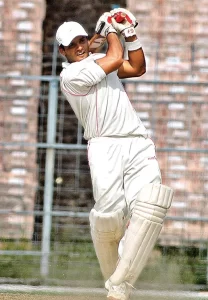
Yashpal Singh; Photo Credit: ESPNCricinfo
Deodhar Trophy
This List A cricket tournament is named after D.B. Deodhar. The former cricketer was known to be the grand old man of Indian cricket. Deodhar Trophy can easily be claimed to be the ODI version of the Duleep Trophy. It is a 50-over tournament that first took place during the 1973 – 1974 season.
Following a knockout format, the Deodhar Trophy featured teams that were divided according to the geographical zones at first. Later, it went on to adopt a three-team format with India A, India B, and India C playing in the championship. From 2015–16 to 2017-18, the winners of the Vijay Hazare Trophy, alongside India A and India B played the competition in a round-robin format with the top two teams progressing for the finals.
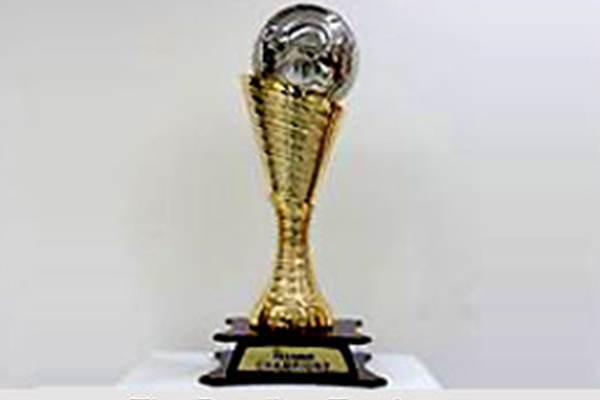
Deodhar Trophy
The North Zone side has lifted the Deodhar Trophy 11 times and remains to be the most successful team in the competition. This Trophy is also called the All-Star Series, as many big cricketers are seen featuring their respective teams in this competition. Baba Aparajith has scored the most runs in the latest 2019- 2020 while Jalaj Saxena shined with the ball, claiming the most wickets that year.
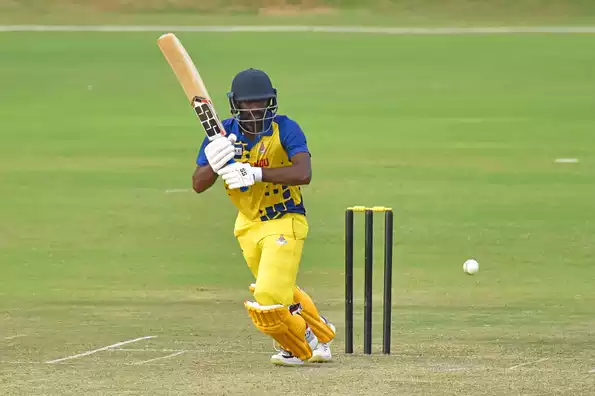
Baba Aparajith
Image Credits: Getty
T20 CRICKET
Indian Premier League
The Indian Premier League (IPL) needs no introduction! Launched in 2007 by the BCCI, the Twenty20 competition sees international players play franchise cricket in India after being drafted into various city-based franchises of the country.
The tournament also follows the auction system, which sees domestic and national team stars feature alongside some of the best international players in the world in one team. The first IPL season was an astounding success and was played between 18th April to 1st June 2008. In 2010, it also became the first sporting event across the globe to be broadcasted live on YouTube.

MS Dhoni with IPL Trophy in 2010.
Image Credits: EspnCricinfo
BCCI’s brainchild has shown tremendous growth through the years. It had the sixth-highest average attendance across various sports leagues while being the most-attended cricket tournament in the world in 2014. It is also worth noting that the amount of revenue pulled in by the tournament in the country is insane, with IPL claimed to be responsible for contributing ₹1,150 crores (USD 140 million) to India’s GDP during 2015. As of 2019, the IPL’s brand value was estimated to be around ₹47,500 Crore.
Read More: IPL 2023 Retention: Check Out Latest Updates On All IPL Teams
The tournament saw various ups and downs during the last 15 years. From changes in the formats to annexation of 2 teams in the past, the Indian Premier League has seen it all. It currently follows a league stage format. With ten teams in the competition right now, every side plays the other team twice on a home and away basis during the league stage. The top four teams at the end of the league stage qualify for the playoffs.
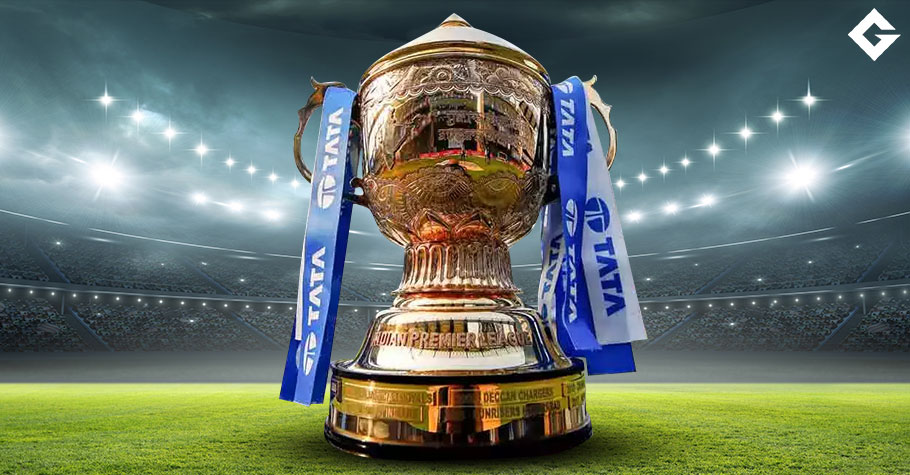
IPL Trophy
The top two ranked teams off from the league phase take on each other in the first Qualifying match. While the winner of the Qualifier goes straight into the final, the loser gets a shot at redemption. The team losing the Qualifier gets to take part in the 2nd Qualifying match, which is played against the team that won the Eliminator ( clash between the third and fourth-ranked teams).
Later, the winner of the second qualifying match qualifies for the final and gets the chance to battle the winner of the Qualifier in the IPL Final and get the opportunity to be crowned the champions. Mumbai Indians are the most successful team in tournament history, with Chennai Super Kings just behind them. New IPL franchise Gujarat Titans are the reigning champions, having won the 2022 edition of the tournament.
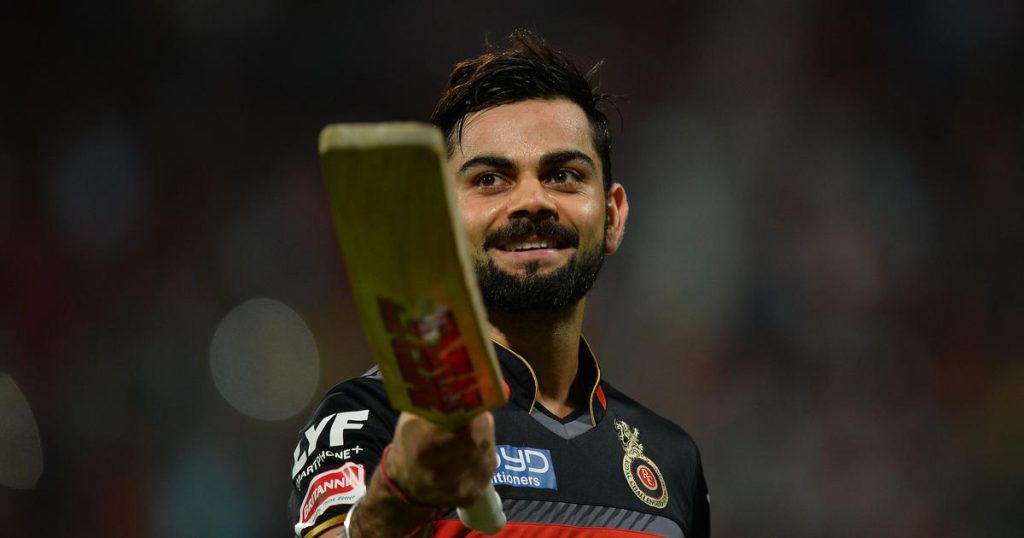
Virat Kohli;
Image Credit- AFP/ Manjunath Kiran
Virat Kohli, one if the biggest icons of this competition playing having scored 6549 runs in 214 innings. Featuring in over 221 IPL the former Indian skipper has 5 IPL centuries, and 43 half centuries. He records a strike rate around 128.9 while averaging 29.63 in 5078 in IPL history.
Syed Mushtaq Ali Trophy
Earlier named Inter-State T20 Championship, the tournament saw 27 Ranji teams split into five Zones during the 2006 – 2007 season. Later the Indian cricket board re-launched the competition and named it the Syed Mushtaq Ali Trophy.
First played during the 2008 – 2009 season, the Syed Mushtaq Ali Trophy was kicked off right after the inaugural edition of the Indian Premier League. It was launched by the BCCI as the Indian Cricket board focused on extracting more talent from various regions of the country.
The trophy was flagged off as the audience started to break into the T20 era, riding on IPL as well as the Men in Blue’s triumph in the maiden ICC T20 World Cup. The Syed Mushtaq Ali Trophy gathered a lot of interest and is now the biggest domestic T20 tournament in India.

Syed Mushtaq Ali Trophy
All 38 teams who feature in the Ranji Trophy and the Vijay Hazare trophy participate in this tournament. The outfits are divided into five elite groups, consisting of six teams, while one group has eight teams. The group winners lock horns in the pre quarter finals, before playing the knock out games to reach and the final.
One of the key features of the Syed Mushtaq Ali Trophy has been its unpredictability, with no team winning the title more than twice in the last 13 years of the competition’s existence. This premier domestic T-20 tournament acts as an amazing platform for states, teams and players to make a mark in the Indian domestic cricket circuit.
Apart form all these major tournaments, the BCCI also conducts few other competition to bolster in India’s domestic circuit. Let’s have a look at other competitions that are conducted for women and smaller age groups.
Indian domestic cricket competitions
Men’s competitions
- Vijay Merchant Trophy (U-16)
- Men’s U25 One Day Trophy
- Col CK Nayudu Trophy ( U-25)
- Vinoo Mankad Trophy (U-19 ODIs)
- Cooch Behar Trophy (U-19)
Women’s domestic cricket tournaments
Junior Women Cricket tournaments in India
- Women’s U19 T20 Trophy
- Women’s U19 Challenger Trophy
- Women’s U19 One Day Trophy
- Women’s U16 One Day Trophy
Senior Women Cricket tournaments in India
- Senior Women’s T20 Trophy
- Senior Women T20 Challenger Trophy
- Senior Women’s Inter-Zonal T20
- Senior Women’s Inter-Zonal One Day
- Senior Women’s One Day Trophy
Expert Opinion on Indian domestic Cricket
The Indian domestic cricket scene is vast and complicated. However, one of its biggest advantages is that it ensures continuous cricket taking place across all segments throughout the year. The constant professional games play a crucial role in talent development helping the national selection committee find players with a specific skill set based on the formats of the game.
It is also worth noting that these domestic level competitions ensure that players travel all across the nation and play in various conditions, preparing them for all kinds of situations. From playing on bouncy tracks, to flat beds, taking on the early morning swing, to sustaining dry heats spells, cricketers playing domestic matches are exposed to all the scenarios which prepares them to take every challenge head on.
It also provides massive exposure to players as they compete with various types of cricketers in their early days. By the time they make it to the big leagues, no element can take them by surprise. Many Indian international cricketers consider domestic cricket to be a key contributor to their respective success stories. This space remains to be an integral part of the Indian cricketing bubble.
For more fantasy sports news and poker promotions, keep reading GutshotMagazine.com. Follow us on Facebook, Instagram, Twitter, and Telegram.
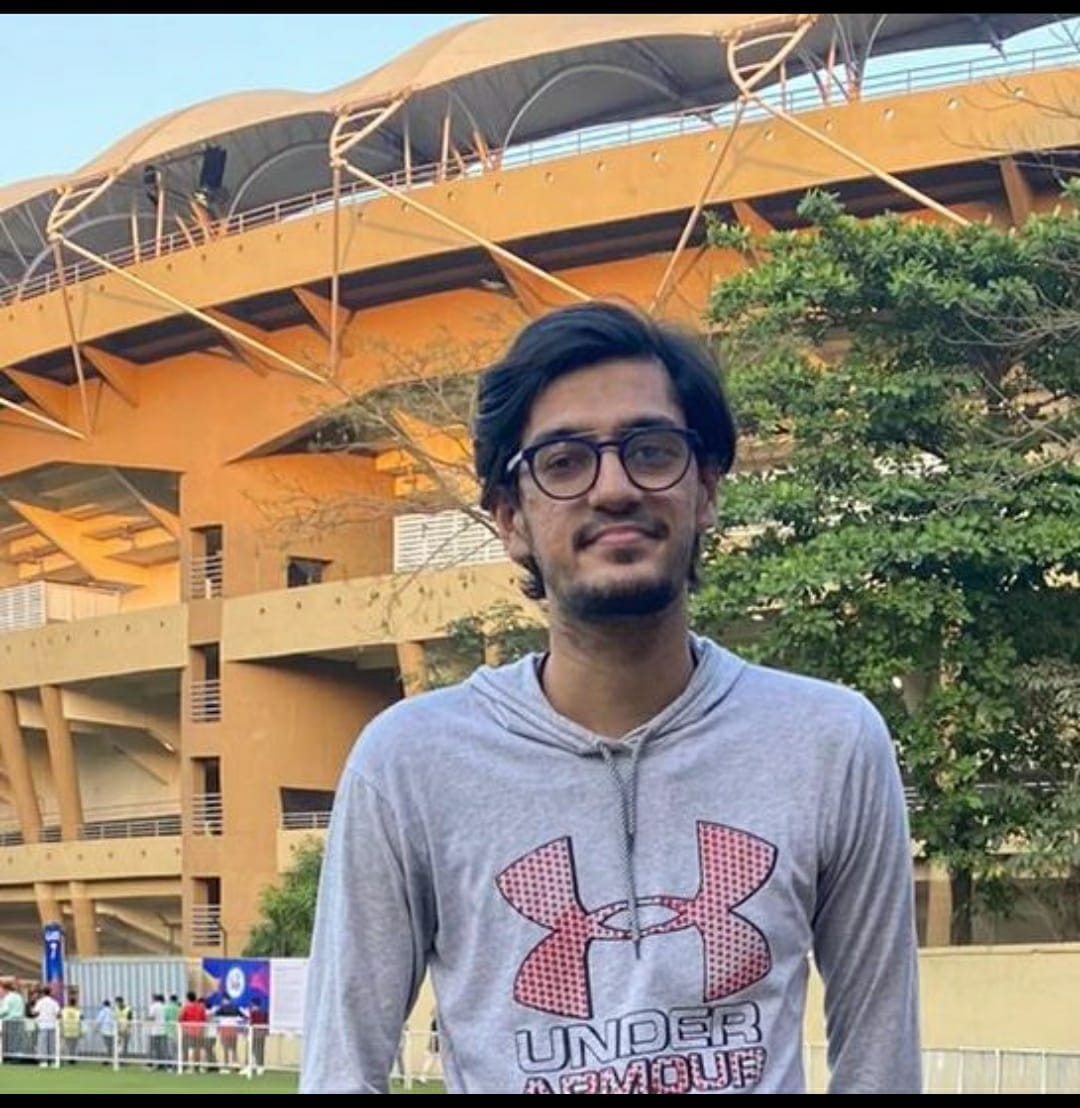
Smit is a sports writer at Gutshot Magazine. After completing his Bachelor’s in Mass Media, and a Master’s degree in Sports Management, this sports fanatic uses articles as a tool to express his opinions. Bring up cricket or football and you will find this usually quiet guy speak for hours! He also co-heads the official supporters club of Chelsea FC in Mumbai, wherein he hosts screenings, football meets and other such events.
More News
Comments
Top 15 Fantasy Sports Sites
-
Kubera Fantasy
Use referral code GUTSHOT
Offer: Get Instant ₹100 FREE Register -
PlayerzPot
First deposit on PlayerzPot
Offer: Get 100% bonus up to ₹10,000 Register -
Fantasy Akhada
4% commission on friends' deposits
Offer: Sign-up & get ₹500 FREE Register -
BalleBaazi
Sign-up Now
Offer: Get ₹50 FREE Register -
My11Circle
Download the app
Offer: Get ₹1,500* FREE Register





